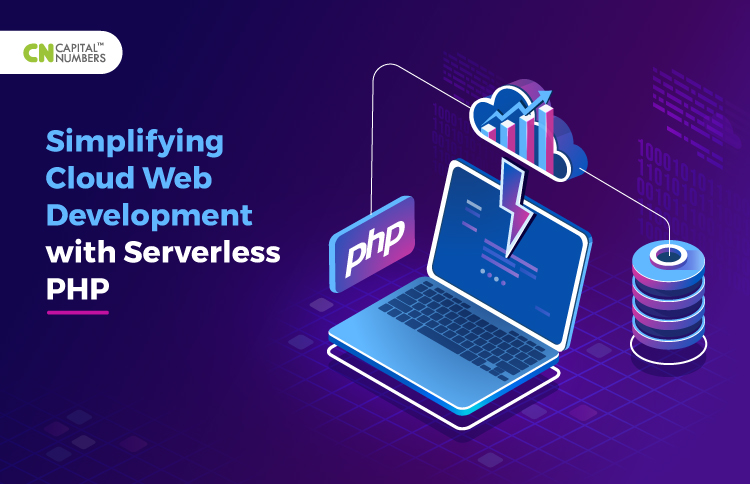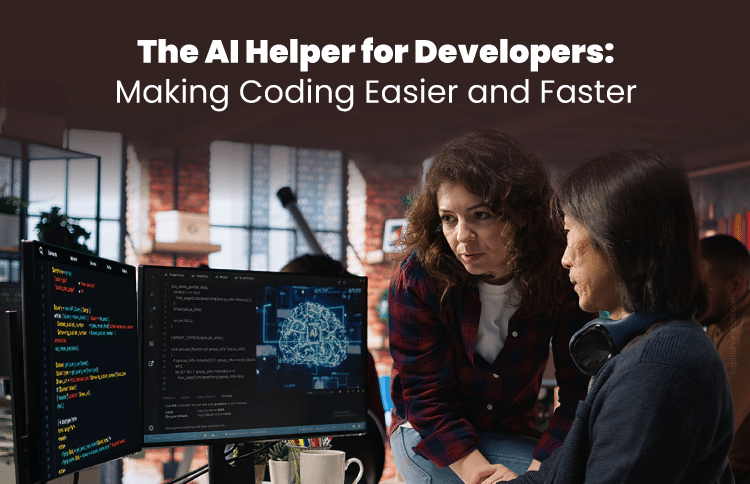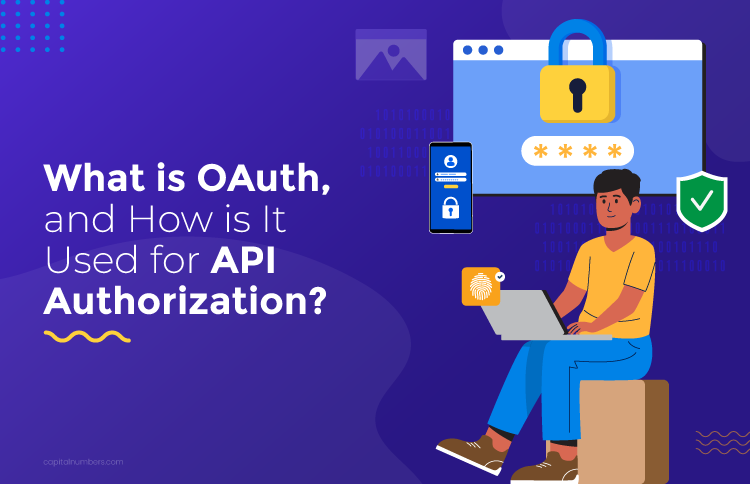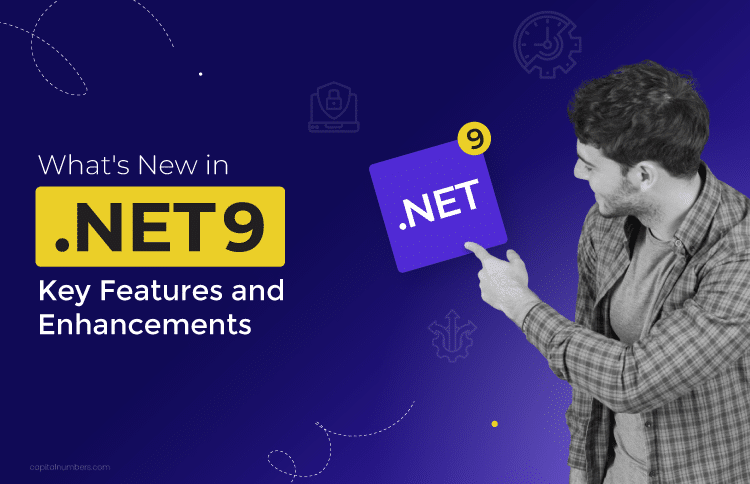Simplifying Cloud Web Development with Serverless PHP
Table of Contents
In the ever-evolving realm of web development, efficiency and scalability are crucial. Traditional server-based architectures have long been the norm, requiring meticulous server management. However, the advent of ‘serverless’ architectures, driven by cloud computing, is changing the game. PHP, a pioneer in web development, has seamlessly entered into the serverless domain.
PHP developers leverage this cutting-edge technology to build agile web applications. Wondering how serverless PHP is revolutionizing digital innovation? Dive into the transformative journey from evolution to integration into serverless frameworks.
Understanding Serverless Architecture
Serverless architecture, also known as serverless computing, is a cloud computing model in which cloud service providers automatically manage the infrastructure, server provisioning, and scaling aspects of application deployment. With this, developers can focus on writing code for their applications without worrying about managing servers or hardware.
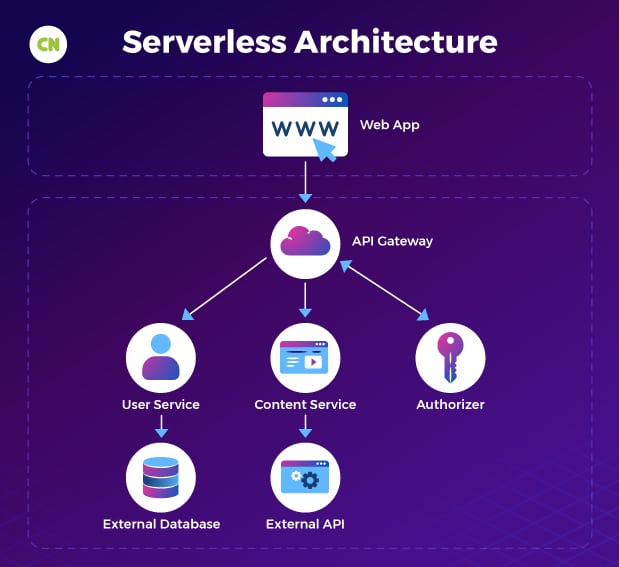
Here are the important things to know:
- Key Features: Automatic scaling capability is one of the key characteristics of serverless architecture. Applications can seamlessly scale up or down based on demand, ensuring efficient resource utilization. Another feature is the billing model. In serverless computing, you need to pay only for the resources you use. This makes it a cost-effective solution, especially for applications with fluctuating workloads.
- Switch from Traditional to Serverless: Traditional server-based architectures require developers to anticipate traffic and scale resources accordingly. This causes over-provisioning (resulting in wasted resources) or under-provisioning (leading to performance issues). On the flip, serverless architecture eliminates the need for such guesswork. The provider deploys the right amount of resources as and when needed.
Understanding serverless architecture is vital for comprehending the integration and benefits of serverless PHP. It’s a technological upgrade and a strategic approach that meets the changing demands of businesses and developers in the cloud age. Serverless architecture empowers PHP apps with remarkable efficiency, scalability, and performance. We’ll explore all these below:
Evolution of PHP in Web Development
PHP’s journey from a 1990s scripting language to a web development powerhouse reflects its adaptability and continued importance. It now drives a significant part of the internet, especially in serverless architecture. In the following section, we’ll delve into PHP’s journey and how it fits into today’s web development landscape.
- The Beginning: PHP began as a collection of Common Gateway Interface (CGI) binaries written in the C programming language. Its primary purpose was to handle web forms and communicate with databases, and it was freely available to the public.
- PHP’s Journey to Prominence: As the internet expanded, PHP also grew, incorporating more features with each iteration to improve its capabilities as a server-side scripting language. Its seamless integration with diverse databases and its user-friendly nature positioned PHP as the preferred choice for creating dynamic websites and applications. Introducing crucial frameworks and tools further enhanced PHP’s position in web development.
- Adapting to Modern Web Development Needs: As web technologies advance and the demand for efficient, scalable, and secure applications grows, PHP has transformed accordingly. It has significantly improved performance, security, and modularity, positioning itself as a strong choice for modern and complex web applications. The PHP community’s continuous efforts ensure the language remains relevant and aligned with the evolving web development landscape.
- PHP in the Serverless World: The advent of serverless computing opened a new chapter for PHP. By adapting to serverless architectures, PHP has demonstrated its flexibility and potential for innovation. This move has allowed developers to leverage the benefits of serverless technology, such as scalability and cost-effectiveness, while continuing to use a familiar and powerful programming language.
Incorporating PHP into Serverless Architecture
Incorporating PHP into serverless architecture brings a transformative change to PHP app development, deployment, and management. This integration combines PHP’s user-friendliness and adaptability with the efficiency and scalability of serverless computing, unlocking new possibilities in web app creation.
In a serverless setup, the integration of PHP differs from the conventional LAMP stack model. Here, applications are deconstructed into discrete functions triggered by specific events. This approach, known as Function as a Service (FaaS), is a fundamental part of serverless computing. PHP scripts are modified to run as autonomous, stateless functions activated by events like HTTP requests, database actions, or other cloud services.
Benefits of Serverless PHP in Web Development
Incorporating PHP into serverless architecture offers various advantages that meet the evolving needs of modern web development, making it an amazing choice for backend developers. These advantages encompass enhanced scalability, cost efficiency, and improved performance, ultimately streamlining and optimizing the development process.
1. Better Scalability:
- Automatic Scaling: Serverless PHP applications benefit from the inherent scalability of serverless architecture. The infrastructure automatically scales up or down based on the application’s demand, accommodating traffic spikes without manual intervention.
- Flexibility in Resource Management: This scalability ensures that resources are optimally utilized, providing flexibility and reliability for applications of all sizes.
2. Cost Efficiency:
- Pay-per-Use Billing Model: A standout feature of serverless architecture is its cost-effectiveness. With serverless PHP, you pay only for the compute time you use instead of paying for idle server capacity. This model can lead to significant cost savings, especially for applications with variable traffic.
- Less Operational Costs: Reducing the need for server management and maintenance further reduces operational costs.
3. Improved Performance:
- Faster Execution and Response Times: Serverless PHP applications can offer improved performance with more immediate execution and response times. This is due to the optimized allocation of resources in serverless environments.
- Efficiency in Handling Requests: Managing multiple requests simultaneously and independently significantly improves the application’s efficiency and enhances the user experience.
4. Streamlined Deployment and Management:
- Ease of Deployment: Serverless platforms simplify the deployment of PHP applications, making it a straightforward process.
- Reduced Management Overhead: Unlike traditional server-based deployments, serverless models minimize management tasks, enabling developers to concentrate on code development and optimization.
5. Better Security:
- Improved Security: By offloading the responsibility of server security to the cloud provider, serverless PHP benefits from robust, enterprise-grade security measures.
- Reduced Attack Surface: The serverless model inherently minimizes the attack surface, as fewer components are exposed to potential threats.
How to Get Started with Serverless PHP?
Starting your serverless PHP development journey might seem challenging, but with the right tools and guidance, it becomes a smooth transition. This section offers a roadmap for developers eager to delve into serverless PHP. It highlights the key tools, platforms, and best practices to get you started on this journey.
1. Essential Tools and Platforms:
- Serverless Frameworks: Get acquainted with serverless frameworks that support PHP, such as Serverless, AWS Lambda, Google Cloud Functions, or Azure Functions. These frameworks provide the necessary infrastructure and deployment mechanisms.
- Development Environments: Set up a local development environment replicating the serverless setup. Tools like LocalStack or Docker can be instrumental in creating a local testing ground for serverless applications.
- Dependency Management: Use Composer, PHP’s primary tool for dependency management, to manage libraries and dependencies effectively.
2. Setting Up a Serverless PHP Environment:
- Choose a Cloud Provider: Select a cloud provider that offers serverless computing services and supports PHP. AWS Lambda, for instance, can run PHP scripts using custom runtimes.
- Configure the Environment: Set up your serverless environment according to the provider’s guidelines. This includes configuring functions, triggers, and necessary permissions.
- Deployment Strategies: Learn about different deployment strategies and tools to automate the process, ensuring consistent and error-free deployments.
3. Best Practices for Serverless PHP Development:
- Stateless Design: Design your PHP applications to be stateless, as serverless functions are short-lived and do not maintain state between executions.
- Code Optimization: Focus on optimizing your PHP code for quicker execution times, which is crucial in a serverless environment.
- Monitoring and Logging: Implement robust monitoring and logging practices to track the performance and health of your serverless PHP applications.
Overcoming Challenges:
While integrating PHP into serverless architecture offers numerous benefits, it also presents challenges. One of the primary challenges is the cold start problem, where the initial execution of a serverless function may have latency. Optimization techniques and platform-specific configurations can help mitigate this issue.
Also, developers must adapt to stateless execution, which can be a departure from traditional PHP session handling. Strategies such as leveraging external session stores or redesigning applications to be stateless are crucial in this regard.
Final Thoughts
Serverless PHP represents a revolutionary shift in web application development. Its seamless integration into serverless architectures offers unmatched efficiency, scalability, and cost-effectiveness. With automatic scaling, a pay-per-use billing model, improved performance, streamlined deployment, and enhanced security, serverless PHP is the future of web application development.
Are you looking for a software solutions company to embark on your journey into serverless PHP? Choose Capital Numbers, an award-winning company offering top-notch development services. Irrespective of your development needs, our expert developers will provide you with the desired services quickly and affordably. Want to discuss your project? Call us today!

